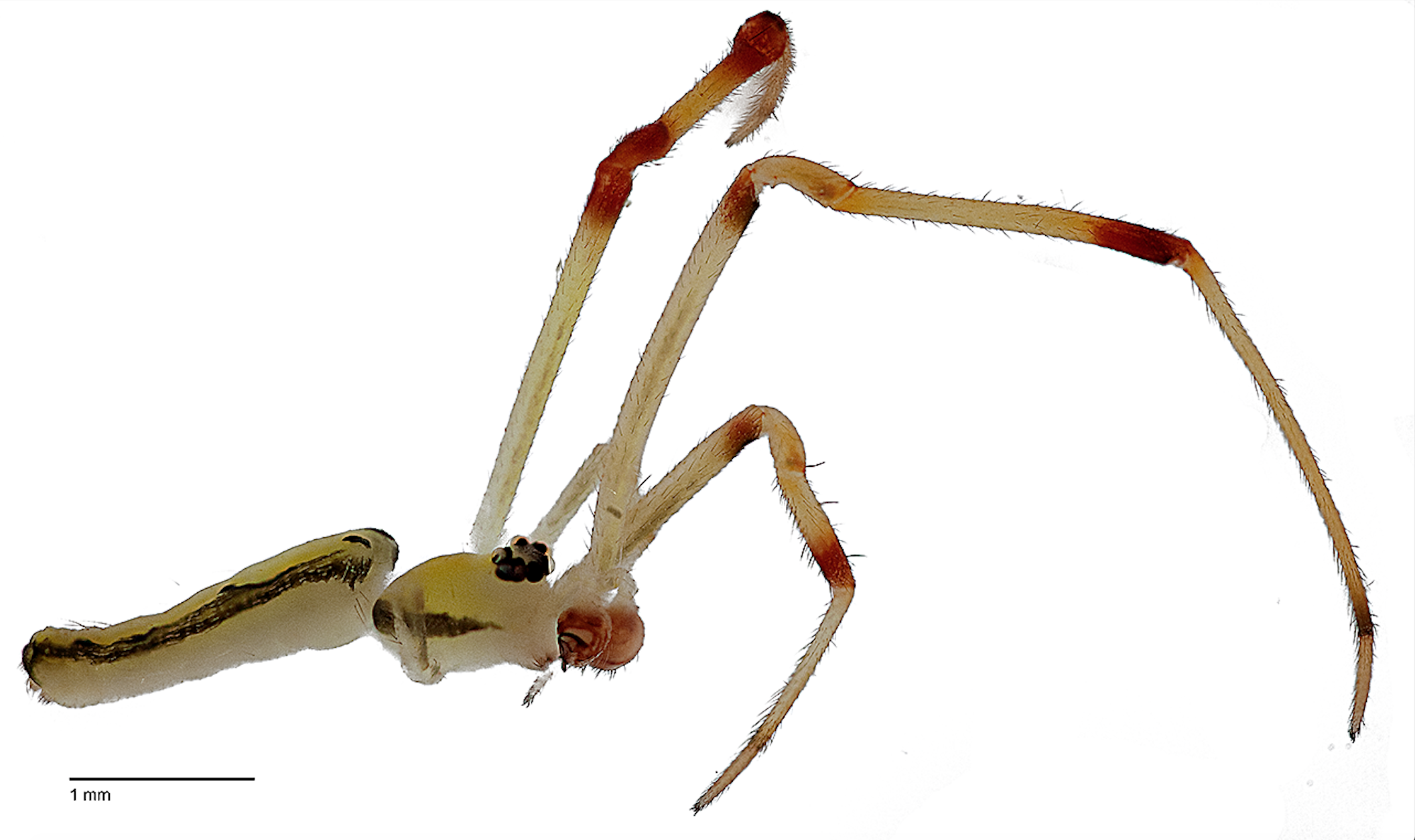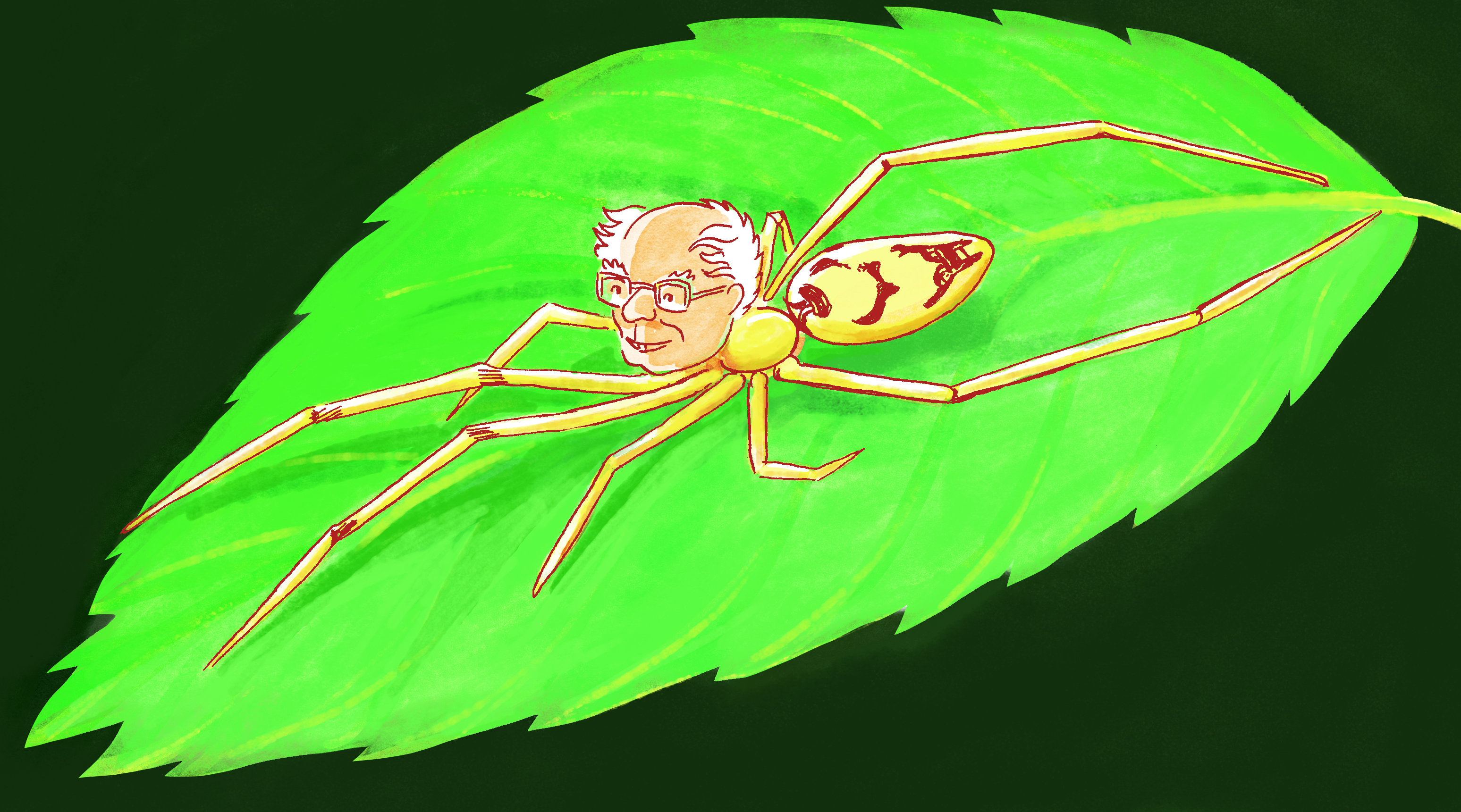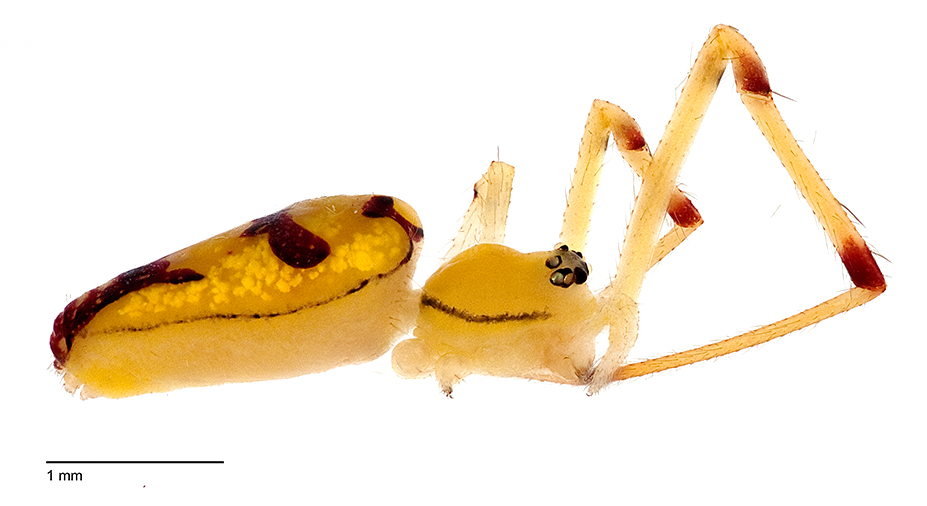Why So Many New Species Are Named After Celebrities
Credit to Author: Jacob Dubé| Date: Tue, 26 Sep 2017 13:00:00 +0000
For years, people have been naming their pet animals—and their kids, in some cases—after pop icons they love. In the US, 370 people named their babies Khaleesi in 2016 in honour of Game of Thrones’ Mother of Dragons. I personally have a dream of someday owning a French Bulldog named Wario.
Scientists, too, are constantly naming newly discovered species after celebs. But these names might carry a little bit more weight: While a baby named Khaleesi can get older and decide to legally change her name, these scientific names go down in the history books forever. They shape the world around us. There’s the Agra schwarzeneggeri beetle named after Arnold Schwarzenegger’s biceps, the Aleiodes shakirae wasp named after Shakira’s hip movements, and the list goes on (seriously, there are a lot).
Sure it’s cute when your neighbour shows off their new pug named Bob Barker, but how many species do scientists have to name after people they’ve seen on TV until someone stands up and says: No more?

Turns out, sometimes having a recognizable name attached to what might otherwise be an unremarkable little creature is the only way for these species to get widespread attention.
On Tuesday, researchers announced the discovery of 15 new species of spider in the Caribbean, and they named some of them after famous people including Bernie Sanders, Leonardo DiCaprio, and Michelle Obama.
Read More: This Freaky 100-Million-Year-Old Wasp Was Named for David Bowie
Spider expert Ingi Agnarsson is a biology professor at the University of Vermont and lead researcher of the study, published in Zoological Journal of the Linnean Society. He told me that scientists who discover a new species can basically name it whatever they want. For example, lots of scientists name new species after either a past scientist or a loved one, although it’s frowned upon to name it after themselves.
“You have absolute freedom when you discover a new species. As long as you have the genus name right, you can name it whatever you want,” Agnarsson said. The only real problem, he said, would be if a scientist was going to receive any sort of potential benefit from it. So don’t expect any newly discovered species to be named walmarti anytime soon.

He, along with four students who participated in the study, named the spiders after prominent advocates for animal conservation and action on climate change.
Among others, his spiders are named Spintharus davidbowiei (not the first creature to be named after David Bowie), S. davidattenboroughi (not even close to the first creature named after David Attenborough), and S. leonardodicaprioi—Spintharus being the name of the spider’s genus. Even though none of these names have traditional Latin translations, Latin-ifying names for species is a common practice in science. Just add an “i” if it’s a masculine name, and an “ae” if it’s feminine.
Agnarsson said some species are named this way because scientists have trouble getting the public interested in their studies. Identifying them with a recognizable person is a way to raise awareness and provide an opportunity to learn about the issues surrounding nature and conservation. It also allows scientists to highlight some human-like traits in these animals and ultimately make them more relatable.

“We’re always trying to find ways of calling attention to major issues in conservation and climate change … This way, the general public will hear about it. If it was just named Spintharus puertorico, then they wouldn’t hear about it,” Agnarsson said.
And, as we’ve seen with the moth with golden hair and small genitals that was named after Donald Trump, if the shoe fits…
Get six of our favorite Motherboard stories every day by signing up for our newsletter.